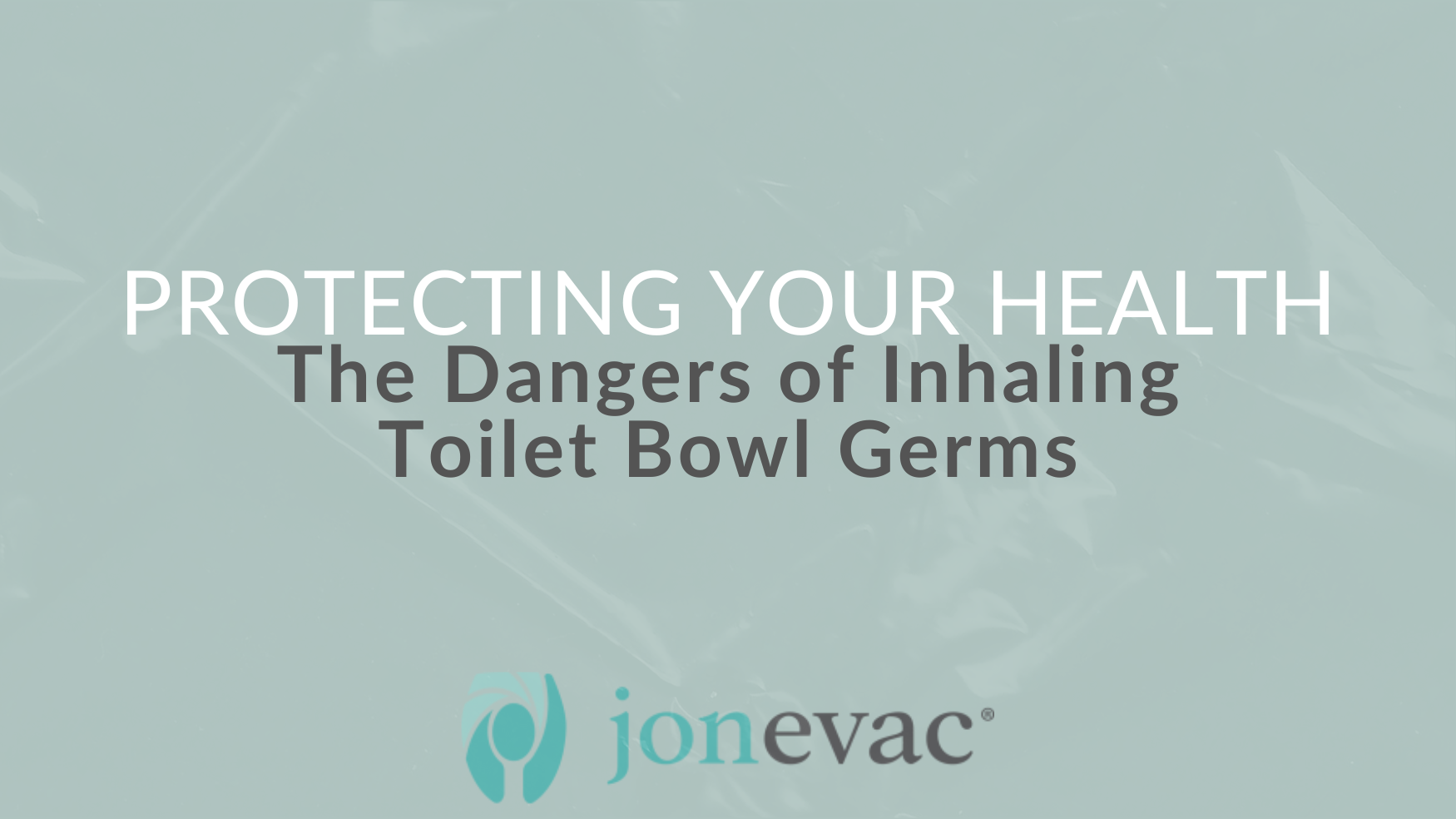
Understanding Toilet Bowl Germs
Toilet bowls are a breeding ground for various types of bacteria, viruses, and other pathogens. When we flush the toilet, tiny particles of water and waste are aerosolized, creating a cloud of microscopic droplets that can remain suspended in the air for a significant amount of time. This phenomenon, known as toilet plume, can spread germs throughout the bathroom and even beyond.
Dangers of Inhaling Toilet Bowl Germs
Respiratory Infections: Inhaling toilet bowl germs can increase the risk of respiratory infections such as the common cold, influenza, and even more severe conditions like pneumonia. The aerosolized droplets may contain viruses and bacteria that can penetrate the respiratory system, leading to illness.
Gastrointestinal Issues: Some bacteria found in toilet bowls, such as E. coli and Salmonella, can cause gastrointestinal problems if ingested or if they come into contact with the mouth or food. Inhaling these germs can indirectly introduce them into the digestive system, potentially resulting in upset stomach, diarrhea, and other related issues.
Urinary Tract Infections (UTIs): The presence of bacteria like Escherichia coli in toilet bowl water can lead to urinary tract infections if they reach the urethra. Inhaling toilet plume droplets may introduce these bacteria to the urethral area, increasing the risk of UTIs, particularly in women.
Protecting Yourself from Toilet Bowl Germs
Close the Lid: Always close the toilet lid before flushing to minimize the release of toilet plume into the air. This simple habit can significantly reduce the number of airborne germs in the bathroom.
Maintain Good Hygiene: Wash your hands thoroughly with soap and water after using the toilet. This practice helps remove any germs that may have come into contact with your hands and prevents their transmission to yourself or others.
Regularly Clean and Disinfect: Establish a regular cleaning routine for your bathroom, paying special attention to the toilet bowl. Use a toilet bowl cleaner and disinfectant to eliminate germs effectively. Remember to clean the flush handle, seat, and other frequently touched surfaces as well.
Ventilate the Bathroom: Proper ventilation can help minimize the concentration of airborne germs. Use the JonEvac to eliminate airborne bacteria and odor when using your restroom.
Use Disposable Toilet Seat Covers: In public restrooms, consider using disposable toilet seat covers or creating a barrier with toilet paper to minimize direct contact with the toilet bowl surface.
While it’s easy to overlook the potential health risks associated with inhaling toilet bowl germs, understanding and addressing this issue is crucial for maintaining a clean and healthy environment. By adopting simple habits such as closing the lid before flushing, practicing good hygiene, and regularly cleaning and disinfecting, we can significantly reduce the likelihood of inhaling these harmful germs. Prioritizing our health and taking proactive measures can go a long way in safeguarding ourselves and those around us. Visit our socials or reach out to our customer service team today. We’d be happy to answer any questions you have and tell you more about how you can benefit from the JonEvac.

